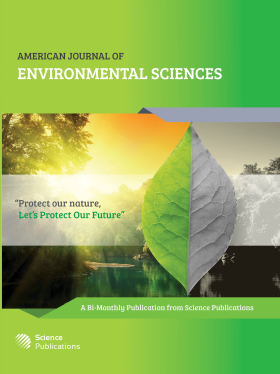Contribution of Advective and Non-advective Heat Fluxes to the Heat Budget of a Shallow Lagoon
Abstract
The heat budget in a shallow lagoon has been established from field measurements at a bihourly scale. Information on the main advective and non-advective heat fluxes were collected during year 2003 at Nueva lagoon (Almería, Southern Spain). Heat storage data was obtained from a thermistor chain located in the deepest part of the lagoon and meteorological information was acquired using an automatic meteorological station placed near the lagoon's shore. In addition, estimation of evaporation was inferred from climatic approaches. Inputs of heat energy were dominated by radiative fluxes, with received net radiation accounting on average for around 95% of the non-advective total gains and radiation losses accounting for around 70% of the non-advective total losses. Sensible heat transfer from/to the atmosphere constituted the second energy input (4%) and output (20%), although heat losses by evaporation were also significant. Conduction of heat into the sediments was a relatively constant form of energy loss but constitutes a minor contribution on the overall heat budget. Considerable variability was evident in non-advective heat fluxes at different time scales, from diel to seasonal. In relation to advective heat fluxes, groundwater and irrigation surpluses added to the heat storage of Nueva lagoon, whereas heat advected via precipitation was negligible.
DOI: https://doi.org/10.3844/ajessp.2005.149.158

- 5,014 Views
- 5,256 Downloads
- 1 Citations
Download
Keywords
- Energy budget
- advective and non-advective fluxes
- coastal lagoon
- diel variations
